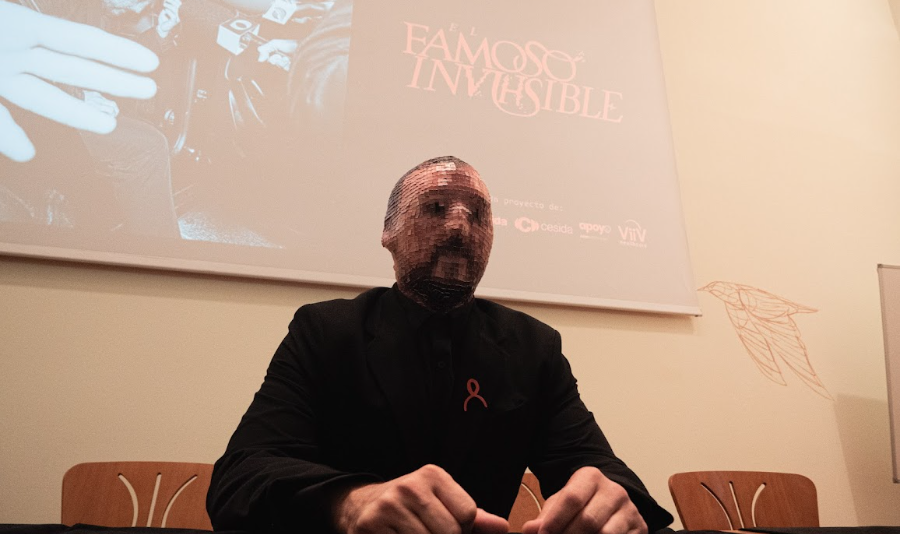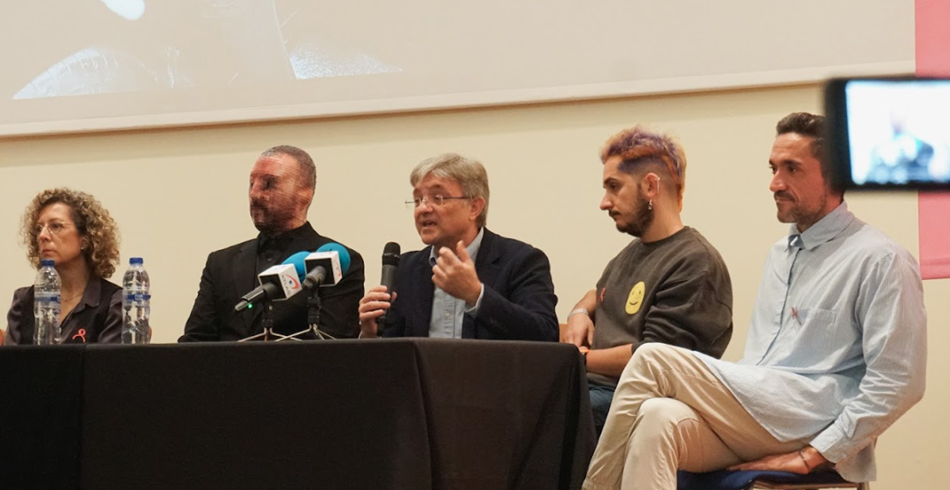More than 40 years later, “the scale of stigma is enormous” against people with HIV, including in health care.

Gema Maldonado Cantero
The majority of the Spanish population (63%) say they do not know anyone with HIV, but there are an estimated 150,000 people with HIV in Spain, about one in every 300. More than 40 years have passed since the epidemic began HIV, but not a single public person, be it an actor, athlete, politician or singer, has publicly stated that he has the virus. Because? It’s called stigma.
Dr. José Antonio Pérez Molina says that in our environment, in 21st century Spain, with the existing healthcare system and access to affordable treatments, the least of the problems facing a person diagnosed with HIV is biomedical. “The main problem is the stigmatization of the disease”– he assures. The stigma he will suffer at this moment will affect his quality of life and go beyond “There is research that suggests it may affect biological markers that may interfere with your immune system’s recovery.”– notes the doctor.
“The least of the problems faced by a person diagnosed with HIV in our environment is biomedical in nature. The main problem is the stigmatization of the disease.”
There are many social attitudes and behaviors that reinforce HIV stigma, and the health sector is not immune. And there, in a clinic or in a specialized consultation, people with HIV “They experience it more acutely because it is assumed that this is a safer environment where they will be accompanied and cared for.”laments a specialist who has been caring for HIV patients for almost four decades.

A study by the Ministry of Health, Secida and the University of Alcalá on HIV-related stigma in Spain shows that 39.2% of people with HIV experienced stigma in non-HIV health services in the previous 12 months. surveyed between March and September 2023.
“They suffer more from stigma in healthcare because it is assumed that it is a safer environment where they will be accompanied and cared for.”
Similar situations are observed in some specialist HIV services, with two out of 10 patients experiencing stigmatization during these consultations. They speak of health care workers who double-gloved when they learned they were HIV-positive, avoided physical contact, delayed intervention until the last minute, or recommended against sexual activity. Here are some of the experiences described.
“The scale of stigma is enormous”– says Dr. Maria Luisa Montes, a specialist in the HIV department of the La Paz University Hospital in Madrid. “They tell you what it’s like to wake up every day knowing that that day there will be at least one place where you feel discriminated against. Of the patients I see, half do not tell anyone their diagnosis, but only talk about it with me, who comes twice a year.”– he complains. Only 11% of people with HIV in Spain publicly say they have HIV.
For Seisida, education and information are the key to ending stigma. And while it seems like healthcare workers have it both ways, the reality is different. “Health care providers are people just like everyone else, and there are people with prejudices, and there are overlapping stigmas. “The lives of many people with HIV are not classified as normal, meaning that stigma permeates health care workers.”explains Dr. Perez Molina.
“The lives of many people with HIV are not classified as normal, meaning that stigma permeates health care workers.”
Moreover, it highlights another aspect: the place that HIV occupies in the training of health workers. “Twenty-five years ago HIV was a very big public health problem and occupied a very important place in the training of health professionals, but it is given less and less importance, and it is surprising how little knowledge there is among residents, nurses, assistants, etc. on the topic.”
Both Carlos Iniesta, coordinator of research and institutional relations at Seisida, and Oliver Marcos, activist and secretary general of Cesida, believe that having guidelines will make the task easier. But the high cost of publicly reporting HIV is stopping anyone from doing so.
Given this reality, these organizations, together with Gesida, Apoyo Positivo and ViiV Healthcare, launched a campaign Famous InVIHsiblesymbolizes the invisibility of many people with HIV. HIV-positive middle-aged man with a pixelated face. This is Famoso InVIHsible, a person with HIV who has experienced first-hand the diagnosis, stigma and fear of disclosing that he has HIV. “As you can see, I live in pixels, I am invisible. Among the many people with HIV who cannot openly say: “I have HIV.” This is how he was presented this Friday in Madrid. Its purpose is clear: “I want my message to pave the way so that one day we can all, if we want, show ourselves as we are, so that there is no stigma, discrimination or condemnation of people with HIV in society.”
